15 Animals That Can Survive in Extreme Conditions
The animal kingdom is full of creatures that thrive in conditions most of us would consider impossible to survive. From freezing temperatures to scorching heat, animals have evolved incredible ways to handle these extremes. Here are 15 animals that have mastered survival in some of the harshest environments on Earth.
1. Tardigrades: The Ultimate Survivors
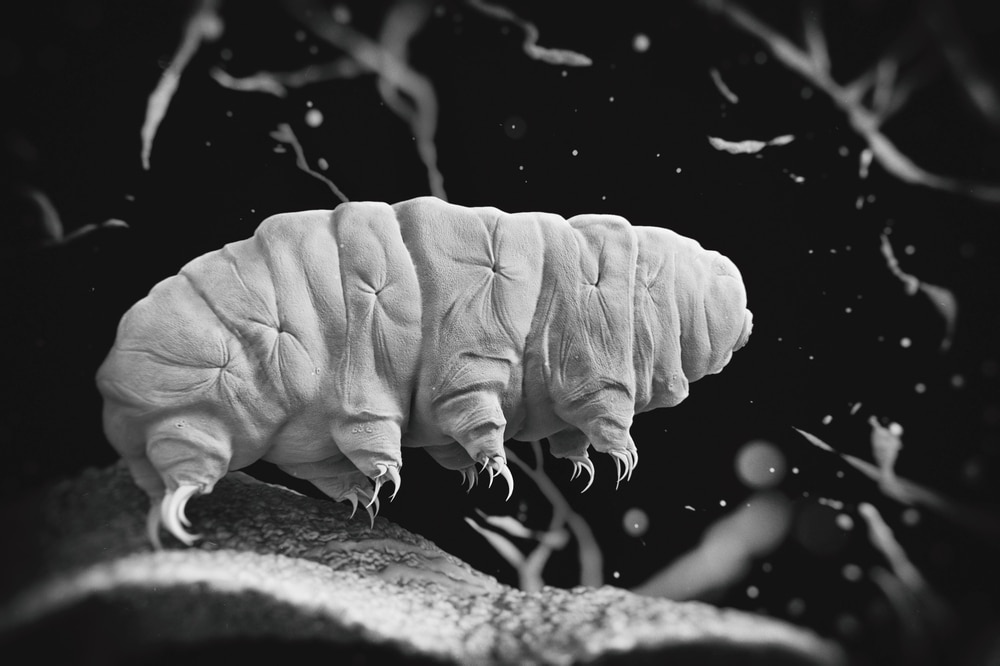
Tardigrades, also known as water bears, are microscopic creatures that can survive just about anything. They can live in the vacuum of space, endure extreme radiation, and survive being frozen or boiled. These tiny animals enter a state called cryptobiosis, where they can shut down almost all biological functions, allowing them to survive in the harshest environments.
2. Emperor Penguins: Thriving in Antarctic Cold

Emperor penguins are the only animals that breed during the Antarctic winter, where temperatures can drop as low as -60°C (-76°F). They huddle together in large groups to stay warm, taking turns being on the inside of the group to avoid freezing. Their thick layer of fat and dense feathers help them survive one of the coldest places on Earth.
3. Camels: Masters of Desert Survival
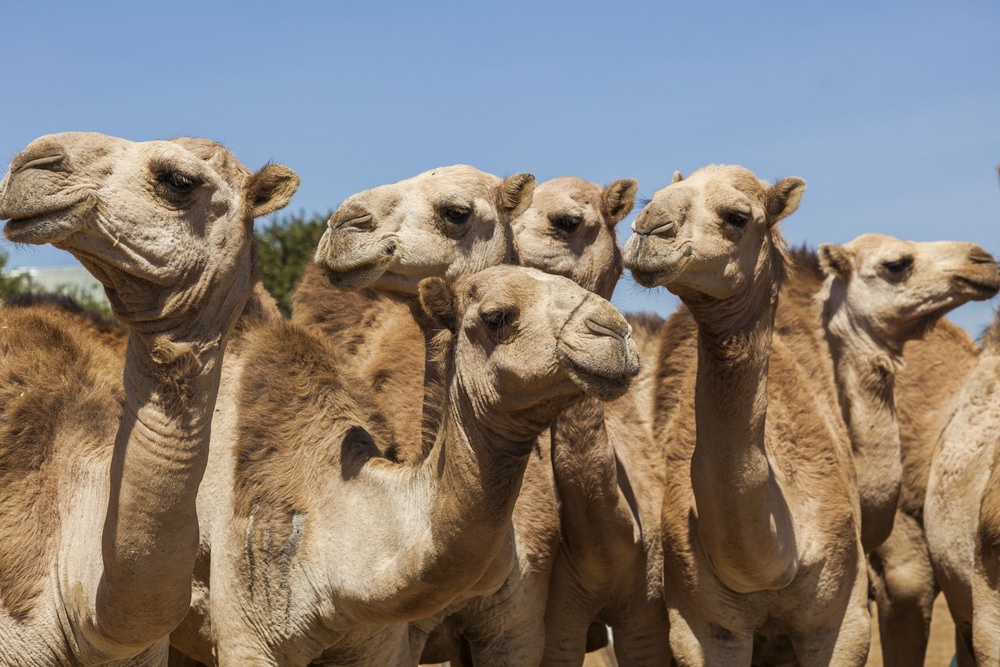
Camels are well-known for their ability to survive in extreme heat, especially in deserts where temperatures can soar above 40°C (104°F). They can go for long periods without water, storing it in their bloodstream rather than their humps (which store fat). Their bodies are also designed to minimize water loss, making them the perfect desert survivors.
4. Arctic Foxes: Adapted to Polar Climates

The Arctic fox has evolved to survive the freezing temperatures of the Arctic tundra, where winter temperatures can drop to -50°C (-58°F). Its thick fur coat provides insulation, and its compact body shape reduces heat loss. The fox’s fur even changes color with the seasons, turning white in winter to blend into the snowy environment.
Follow us for more of these articles.
5. Kangaroo Rats: Surviving Without Water
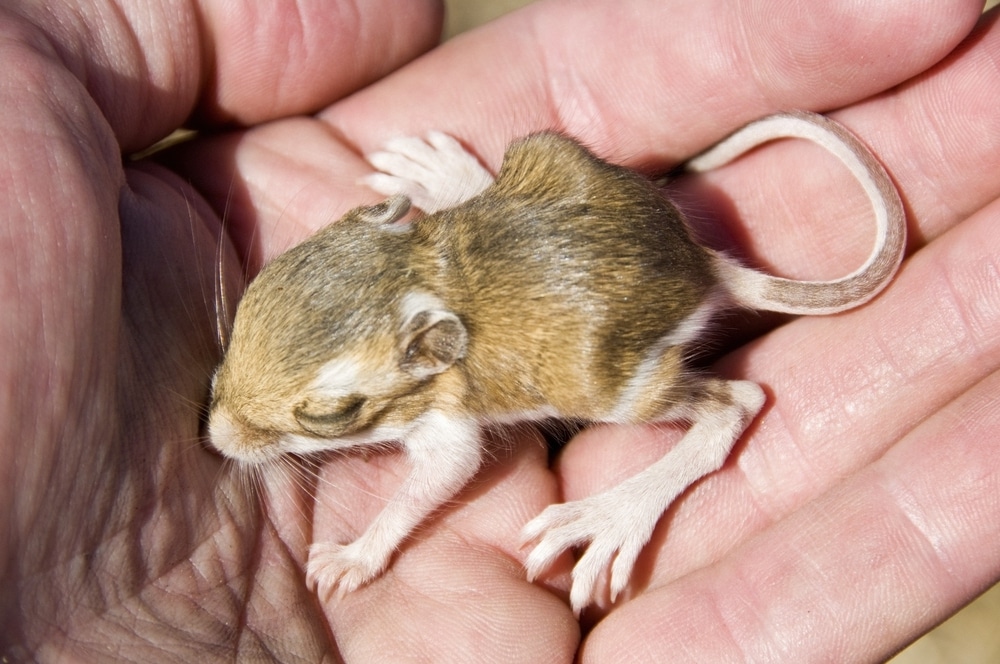
The kangaroo rat, found in the deserts of North America, can live its entire life without drinking a single drop of water. Instead, it gets all the moisture it needs from the seeds it eats. Its kidneys are so efficient that it conserves almost all the water from its food, allowing it to thrive in arid environments.
6. Wood Frogs: Surviving Freezing Temperatures
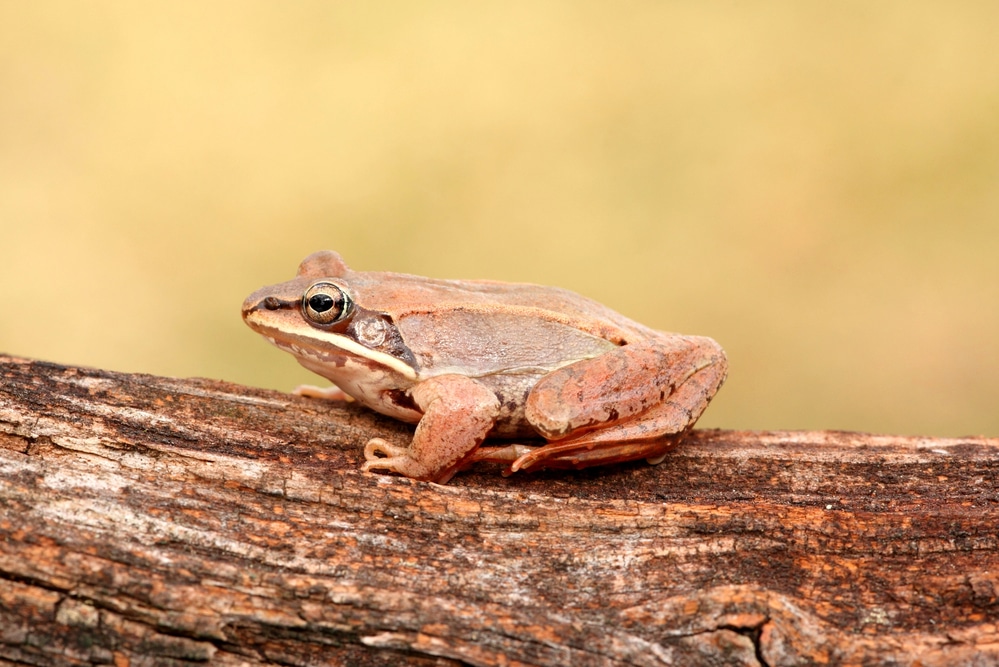
Wood frogs have a unique ability to survive being frozen solid. During the winter, their bodies produce a kind of antifreeze that protects their organs from ice damage. They can stop their hearts and freeze up to 70% of their bodies, thawing out and hopping away once temperatures rise in the spring.
Follow us for more of these articles.
7. Saharan Silver Ants: Heat-Resistant Insects
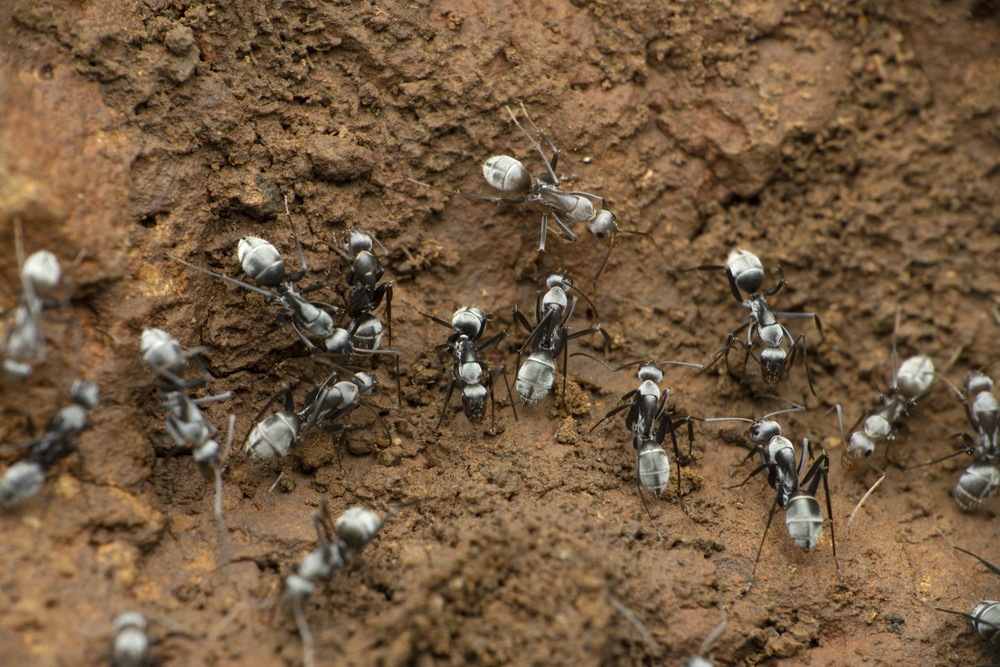
Saharan silver ants are built to survive in the blazing heat of the Sahara Desert, where ground temperatures can reach 60°C (140°F). Their shiny, reflective bodies help deflect heat, and they are one of the fastest land insects, which allows them to scavenge for food quickly before the heat becomes too intense.
8. Polar Bears: Kings of the Arctic

Polar bears are built to survive the extreme cold of the Arctic, thanks to their thick layer of blubber and dense fur. They can swim long distances in icy waters and have black skin underneath their white fur, which helps absorb heat from the sun. Polar bears rely on sea ice to hunt seals, their primary food source.
Follow us for more of these articles.
9. Naked Mole Rats: Thriving in Low-Oxygen Tunnels

Naked mole rats live underground in the hot, oxygen-poor environments of East Africa. They have evolved to survive with very little oxygen by slowing their metabolism when oxygen levels drop. Their bodies can also switch from using oxygen for energy to a more anaerobic process, allowing them to survive in harsh, low-oxygen conditions.
10. Antarctic Icefish: Cold-Blooded and Anti-Freeze
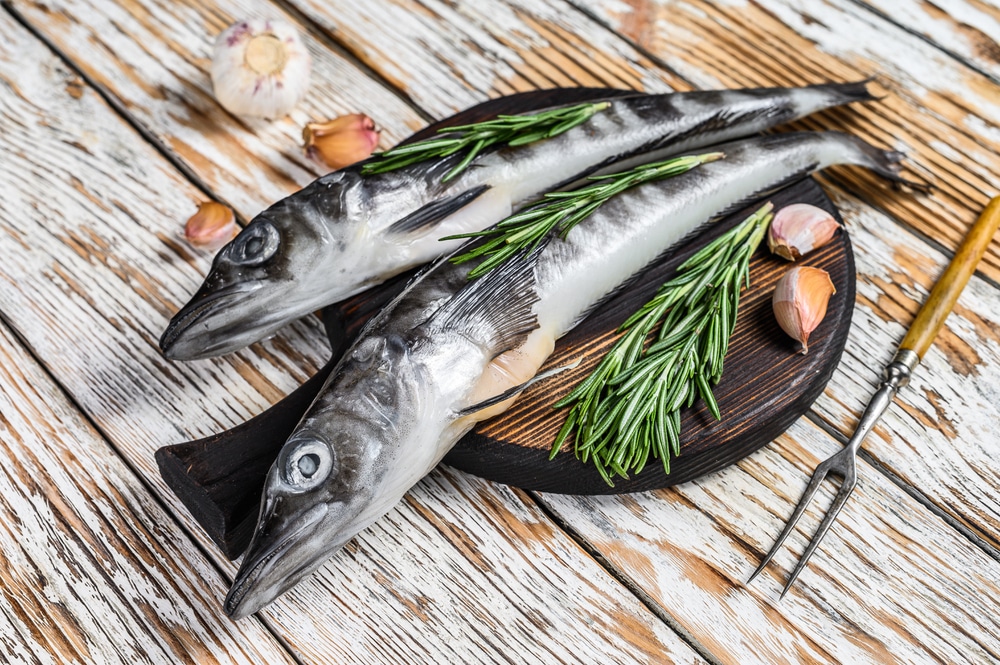
The Antarctic icefish thrives in the freezing waters of the Southern Ocean, where temperatures can dip below the freezing point of fresh water. They have a special protein in their blood that acts like antifreeze, preventing ice crystals from forming inside their bodies. This allows them to swim in waters that would freeze most other fish solid.
Follow us for more of these articles.
11. Thorny Devils: Water Harvesters in the Desert
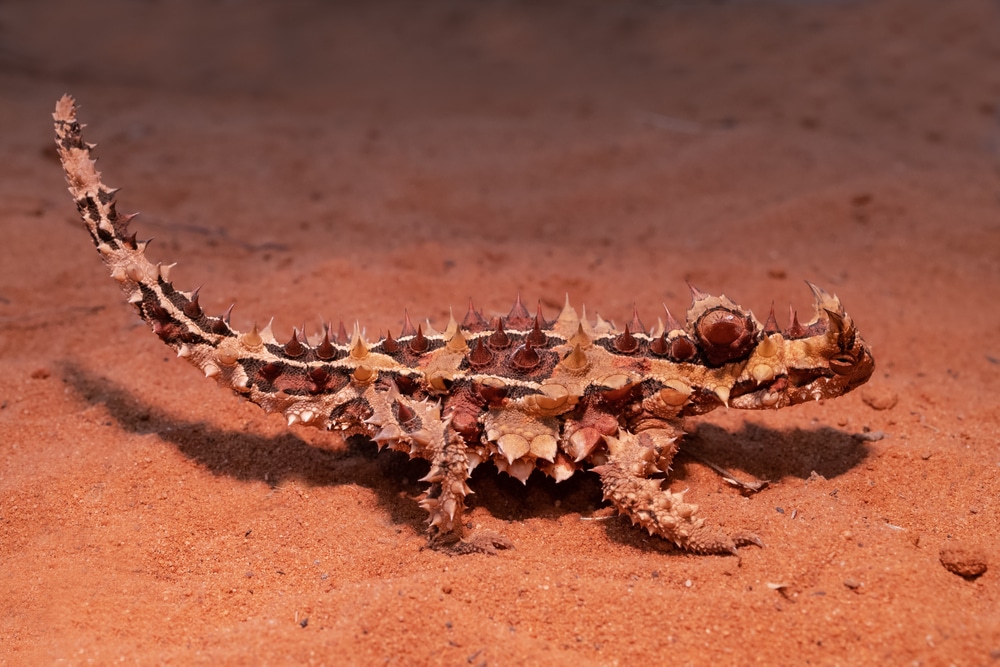
Thorny devils are small lizards found in the Australian desert that have developed a unique way to survive in arid conditions. Their skin is covered in tiny grooves that collect dew and channel it directly to their mouths. This adaptation allows them to drink without needing to find standing water, a critical survival tactic in the desert.
12. Bactrian Camels: Living in Both Heat and Cold
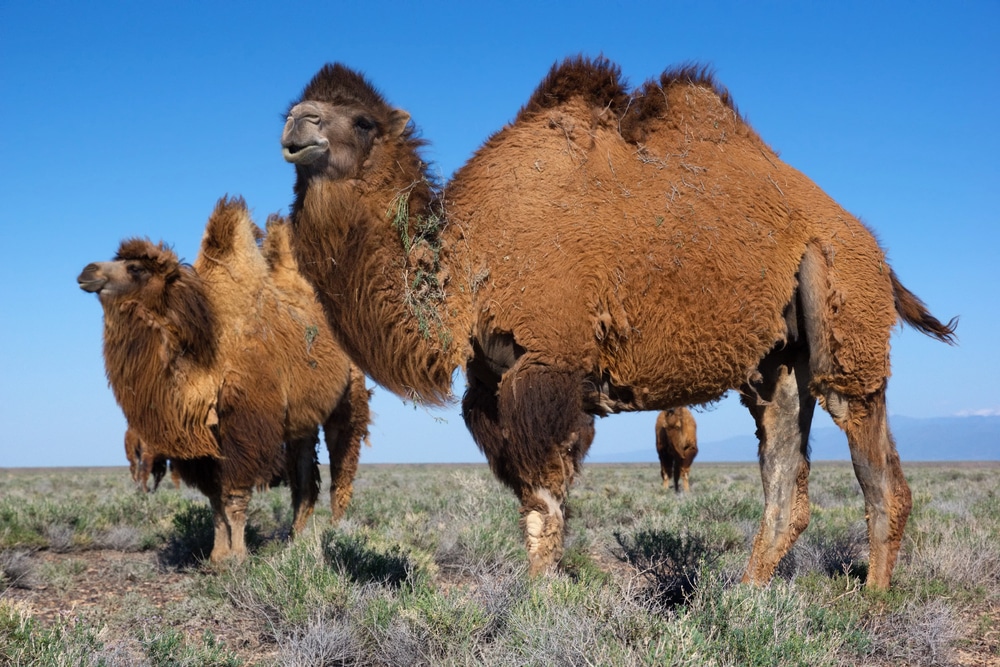
Bactrian camels are native to the cold deserts of Central Asia and can survive both extreme heat in summer and freezing temperatures in winter. Their thick woolly coats protect them from the cold, and they shed it in the summer to stay cool. They can go long periods without water and can withstand temperature swings of up to 60°C (140°F) in a single day.
Follow us for more of these articles.
13. Red Flat Bark Beetles: Surviving Extreme Cold
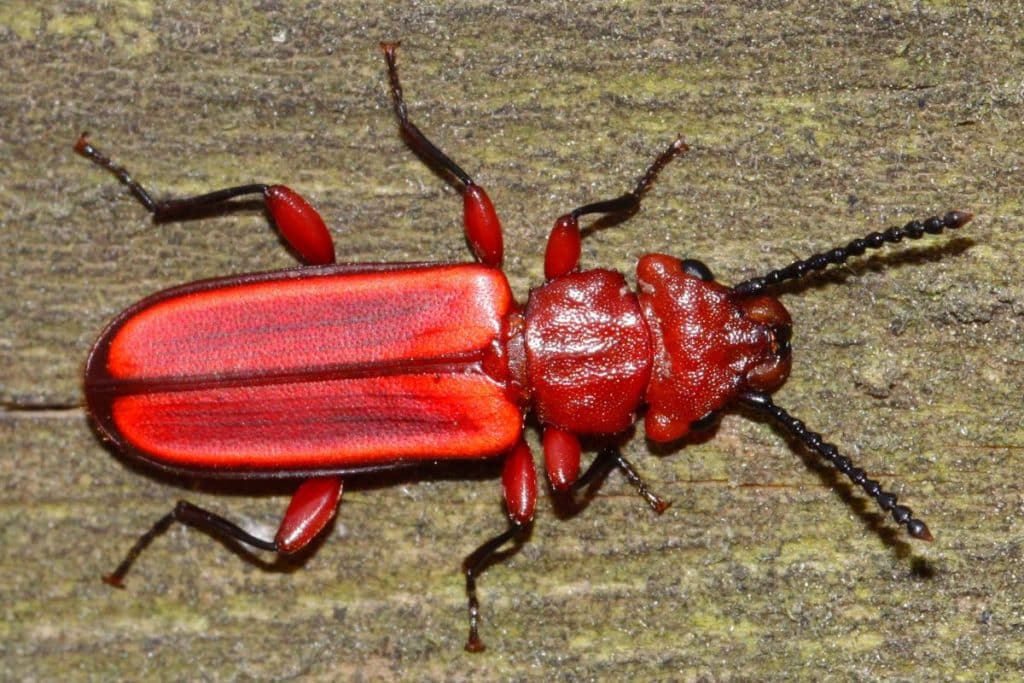
Found in the frozen forests of Alaska, the red flat bark beetle can survive temperatures as low as -150°C (-238°F). It accomplishes this by producing glycerol, a natural antifreeze, which keeps its body fluids from freezing solid. This adaptation allows it to live in some of the coldest habitats on Earth.
14. Alpine Ibex: Masters of Mountain Climbing

The Alpine ibex is a species of wild goat that thrives in the steep, rocky mountains of Europe, where temperatures can be freezing and oxygen levels low. Their hooves are perfectly adapted for climbing, with a rough outer edge that grips rocks and a soft inner pad that prevents slipping. This allows them to scale near-vertical cliffs to escape predators and search for food.
Follow us for more of these articles.
15. Pompeii Worms: Heat-Loving Deep-Sea Creatures

Pompeii worms live near hydrothermal vents deep in the ocean, where water temperatures can reach 80°C (176°F). These worms have a symbiotic relationship with heat-resistant bacteria that cover their bodies, providing insulation and protection from the extreme heat. Their ability to survive in such scalding conditions makes them one of the most heat-tolerant animals on Earth.
Like our content? Be sure to follow us!






